Charles Pakana (Victorian Aboriginal News):
At the Australian War Memorial in Canberra on Ngunnawal country moves are well and truly underway to bring about greater recognition of indigenous service, both in service to Australia, and importantly, in defense of country. And the real meaning of that will become clear all too soon.
Joining me today, as he has several times over the years, is Ngunnawal/Gomeroi man, the Indigenous Liaison Officer here at the War Memorial, Michael Bell.
Brother, so great to yarn with you again.
Michael Bell (Australian War MemoriaL0:
Thank you, my Uncle Charles, and thank you for again agreeing to interview me and give me the opportunity to speak to our people about my role here at the Australian War Memorial.
Charles:
And it’s a role that actually started about 10 years ago and it’s grown exponentially it seems, and we were having a yarn about that before the interview and we will get there. But one of the main remits when you started was to bring about greater recognition of indigenous service personnel, uncovering those people, men and women who served for Australia but were never recognized as such. Over the decade how’s that played out for you?
Michael:
Well, it’s an ongoing body of work that continues today, but it’s going really, really well. And the more opportunity I get to speak to community, the more opportunity we get for community to give me some input to check the list to see if their service person has been or has not been recognized. In my 10 years I roughly estimate that we’ve put about 500 additional names onto the First World War service list, going from 800 to once the list is finally updated it’ll be just over 1,200 enlistments, attempts to enlist, from our men in the First World War.
Charles:
Goodness.
Michael:
And we’ll be updating the Korean War service list, who due to technical difficulties haven’t been updated since we published that list some two years ago. And also, an additional 250 Aboriginal Vietnam veterans that will be added to the list in the coming months.
Charles:
What about World War II?
Michael:
World War II, we’ve got just over two and a half thousand names on the list, and that’s the bulk of the numbers that we have, but that is an ongoing body of work and we’ll be progressing that. What I like to do is release a block of names in conjunction with an important anniversary, and as 80 years are starting to come around of the Second World War, we’re picking those times to give maximum input and talk about the commitment of those men that were serving in those battles. So we’ll look at the Second World War list in total, but then we’ll say we have now 81 Aboriginal Black Rats of Tobruk. And those types of situations where we can look at an important anniversary, how many Aboriginal men were in Kokoda, how many Aboriginal women gave their lives serving the country in Papua New Guinea, those types of statistics that we can go inside with the greater input and the larger input of mainstream Australia into those battles, but also put the indigenous face onto those commitments from our people.
Charles:
Did these numbers surprise you, because it’s quite startling the high number of Aboriginal men and women who did enlist to serve?
Michael:
What surprises me is that the original indigenous liaison officer here, Gary Oakley, who I inherited the position from, I’m the first identified specific indigenous liaison officer, but Gary Oakley was previously in this role and he was a curator here. Him and Garth O’Connell estimated the numbers and those estimates are coming true. Over my tenure here as indigenous Liaison officer we’re starting to get the projected numbers that Gary thought of way back when.
Charles:
The work though that you are doing right now as the ILO is substantially more than just recognizing First Nations servicemen and service personnel. We’re looking at new exhibitions happening by around about what, 2027/2028, that recognize colonial and frontier wars, and frontier wars even being an acceptable term here in the Australian war memorial. Let’s be really frank, 20 years ago that would’ve been unheard of, even 10 years ago, frankly unheard of. What has brought about such a massive change in mindset?
Michael:
Well, I think it’s the community’s recognition and wanting to understand the Australian history as it is, the growth in the baby boomer generation wanting to understand the true Australian and full Australian history. As Aboriginal people have always known, there is a broader and deeper history to Australia that was here way before Captain Cook came along, and it will continue to be here as we move together as one Australia. However, the indigenous histories were lesser told and the history wars have been fought and won. The lack of recognition and the great Australian silence has to be overcome. Different states move at different levels in relation to those recognitions, but as an institution where the resistance to colonization needs to be told, and it needs to be told in a manner that includes Aboriginal input in the voice of Aboriginal people, that we can share that story as we do with all conflicts that are already told in Australian War Memorial.
Charles:
Potentially, how can we see that playing out physically here at the War Memorial?
Michael:
Well, there will be galleries, a gallery space, for the Frontier War stories to be told inside the institution. The broader remit of that will probably be the online due to space restrictions. But I can’t tell you what it looks like, Uncle, because I’m not on the team that will do that. The creatives, the developers or the unit that will put that together will hopefully come up with a beautiful way to share that story that is culturally appropriate and also factually correct, so that the stories are told in a way that’s comfortable and acceptable for our people, that fit in with the way we tell stories at the War Memorial.
Charles:
When we were having a yarn prior to this interview taking place, you made mention of the fact that there was a lot of work that needed to be done to ensure that this was an appropriate and safe place where these stories could be captured. Tell us a little bit about the body of work that’s going in to achieve that level of cultural safety and appropriateness.
Michael:
Well, what our corporate management group have decided to do here in the recommendation of our reconciliation action plan working group is to develop the cultural building blocks that we can tell these stories and share these stories, and be in a position to identify and collect these stories appropriately and engage with our community on a one-on-one equal basis. So what we’ve done here, we are looking at the IC protocols. We’ve done a cultural safety audit and we are looking to bring in working with First Nations people as best practice. Fortunately, we were lucky enough to have Terri Janke and Company work with us on that.
Charles:
She’s the international guru when it comes to ICIP.
Michael:
Yeah. I’d like to shout out to Neane Carter, who’s been our project manager, from Terri Janke, working with us on that. And she’s done a marvelous body of work and made it possible for us to develop the policies and procedures to understand our collection, understand our objects, but also we are learning and teaching our senior leaders here the importance of having these policies and procedures in place to manage appropriately both oral, written and physical objects.
Charles:
When you’re talking about collecting these stories, getting these truths, it does, for a Victorian Aboriginal man, it rings very much of the work that’s been undertaken by the Yoorrook Justice Commission. This is an exercise in truth-telling. Is that something that some within the War Memorial and the bureaucracy might be a bit scared of?
Michael:
Well, I think truth-telling is the broader term that it would fit under, but it’s the facts.
Charles:
Yeah.
Michael:
It’s about identifying those campaigns of resistance that were entered into by different people across the nation as the effects of colonization rolled out, so that we can say that there was a resistance, there were in fact wars, such as the Tasmanian Black War is a recognized part of Tasmanian history now, and we don’t tell that story here.
Charles:
And you were talking also previously about the origins of the wars in Victoria taking place around the Portland area where the Henty brothers set up that first European settlement on Gunditjmara country. That’s something also that’s being looked into.
Michael:
Yeah, that’ll be another organized campaign, the Eumeralla Wars, a campaign that went for about 25, 27 years, looking at fighting Gunditjmara and their campaign of resistance in the defense of Budj Bim, the fort that’s been built there, all of the colonial history that reflects the non-indigenous sides of those campaigns. But we’ll get the stories from the survivors and descendants of the Aboriginal men and women who fought or were impacted by those campaigns. So there’s a broad knowledge of that still within the community and the physical artifacts of the fort that are still there. So what we need to do is tell the broader Australia about why that fort was built, what its job was there to do, the impact of the mounted police, and those parts of the history that need to be reflected and shared as Australian history. It’s not indigenous history, it’s Australian history.
Charles:
Sure. When we were talking about this you specified that this was going to be instances of conflict or war, not straightforward massacre sites. How do you draw the distinction there, because it’s got to blur at times, surely?
Michael:
It’s going to blur of course, but things like, for instance, one of the most famous massacres, the Coniston Massacre, where the genesis of it is an illegal act of sexual assault and retribution.
Charles:
Right.
Michael:
Now that goes on to be talked about because it went to court and the documents are there for people to read. However, that wasn’t part of a specific campaign of resistance and the dispersal of our people and the treatment of our people throughout the period of colonization doesn’t actually totally reflect the campaign’s resistance, where our warriors and our communities coordinated to wage campaigns of resistance, such as war and war-like.
Charles:
Who’s responsible for researching all this, because this is a massive body of research?
Michael:
Well, we haven’t stood the team up yet, but there is already numerous instances and examples across all of Australia in the different states. At the moment we’re looking at about 25 campaigns of resistance, which reflects a little bit unevenly, but about two in each state and sometimes three.
Charles:
Right.
Michael:
But where we agree, and modern historians agree, and our community agree that they were in fact part of the larger campaigns of resistance, such as Windradyne and Wiradyuri at Gudyarra, the first campaigns of resistance in Bathurst. That’s a well-known story where the governor of New South Wales proclaimed martial law, and the proclamation of martial law is a declaration of law.
Charles:
Yeah, sure.
Michael:
So what we want to do is tell the story factually without having to worry about, oh, that’s not a war. And take those parts of the argument away by saying, tell me why it’s not a war. If the settlers are writing to the government saying send some troops out here, we’re at war.
Charles:
So what are some of the challenges, let’s get onto that now, in achieving this goal of having Frontier Wars recognized here at the War Memorial? We mentioned before about ensuring it’s a culturally safe place to take these stories and protect them accordingly. What else, from your perspective, apart from being the one person in your team, what else is holding you back from achieving even more?
Michael:
Well, unfortunately it’s the broad nature of these campaigns, and it’s the large community engagement that we will have to do across the whole country. And so we are looking at the moment readily 25, but they may be more that we’re not aware of, and the community aren’t ready to tell those stories. And we want to make sure that when we’re portraying the stories from the indigenous perspective, we get it right, that we respect the history, but we also respect the cultural engagement, and we tell the story in our voice.
So that’s going to be a mix for the team that are yet to be stood up, but how they do that and how they blend that, but then what do we do with the stories when we have them? How do we archive those? How do we reference them in the future? Cultural, intellectual property right, where does that sit? Those sort of stories that as an institution we have to get right from the base building blocks the policies and procedures around gathering the stories, but how we represent them so that the community will happily and gratefully acknowledge that yes, we had input, but we also were heard.
Charles:
This smells also of the requirement of a heck of a lot of money.
Michael:
Yes indeed. It will be a costly exercise, but again, that’s for the powers to be to come up with that because what we need to do is fund it appropriately so that we can give the team that has stood up the ability to do that national engagement, the individual one-on-one engagement, so that everybody has their opportunity to have their say. As with Yoorrook, as you’ve given that example, it’s an ongoing process, but it’s set up as a royal commission so they have powers and it’s funded. We are at the stage we’re not, but we want to be able to engage. And it’s up for us to have it at our first flush to make sure we tell it properly so community can have a look and mom can go, “Oh yeah, we’ll go and tell our story.” So we have to do it properly first out of the gate.
Charles:
Is there any relationship that exists between you and Yoorrook?
Michael:
In an informal information sharing, yes, there is. We’ve had some requests for feedback in relation to soldier settlements. The amount of Aboriginal Victorian soldiers that have been looked at we are currently working with a PhD candidate who’s doing the impact of First World War access to reparations, and that work is ongoing. And that will feed into the greater knowledge that we are trying to build here by looking at the individuals and how they interacted after the war, such as soldier settlement blocks, your repatriation grants, your medical care for our men and women who were gassed or injured or hurt, did they have equality in service and were the restrictions imposed by society such as the segregation on missions, did that impact service that you were entitled to as a veteran? So clearing that up and getting clarity around that will be an ongoing work. Again, as part of truth telling, but identifying it in a different way as in the impacts of war and the impact of social and political policy on the restrictions on Aboriginal people will be a large task.
Charles:
There are also, I believe, other instances where the work that you and others over the years have done have had a direct impact on people in the community in somewhat unexpected ways. For example, you were mentioning that there have been instances of people calling and saying, “What’s my grandfather doing on this list of Aboriginal ex-servicemen?” And I believe one from a Stolen Generation’s survivor who you were able to help directly. And this is also tied in, just adding further to this mix, with the memorandum of understanding that’s existing now with AIATSIS regarding linking up Stolen Generation’s people. Tell us a bit about this, because this is unforeseen benefits to community.
Michael:
It is for me, and that’s the joy of doing this job, is especially members of the Stolen Generation who are struggling for their identity and looking for the concrete evidence. It may not exist anywhere else, but it exists here in a service record, where the identifying factor may be written on a service record. And I don’t want to use the term, but the terms were appropriate for the day, but they conclusively say half-caste.
Charles:
Sure. No, go on.
Michael:
And that’s the only mention of these where I want to steer away from the complexion being dark doesn’t automatically mean you’re Aboriginal. You can be Italian to be dark. Our brothers and sisters from Asia can be dark. The presumption that dark complexion equals Aboriginal is a misnomer and it needs to be qualified. It’s an indicator only.
Charles:
But that’s an opening up for a whole new conversation. But at this point, let’s not go there, but go on.
Michael:
But in the records there may be a reference in POW Missing and Wounded reference where they say, oh, he was a half-cast. He was a black man. He was in my unit. I knew him well. He’s from here. And those are the resources that we can get and share where it confirms Aboriginality, but it also then gives us a foothold into an earlier family tree that the hidden heritage Stolen Generations may have lost. And the golden bits and pieces of nugget in that is that with 3 million photos in our collection we may have the only known photo of that man, and the family have never seen a photo of him.
Charles:
Wow.
Michael:
So that’s a special treat when I can do that, when we can work with confirming the Aboriginality, understand the broader connection to his people and his traditional country, and then share that with somebody that has the hint of the deathbed confession and those types of things. And we are working through that all the time.
Charles:
So tell us about the MOU that exists with AIATSIS. Because this took place what, November last year and exists now for what, five years? What’s under the terms of this?
Michael:
It’s the filtering down of the Bringing Them Home Report, which is access for members of the Stolen Generation to seek institutional support in helping them find out who they are, their identity, their access. And we work with, AIATSIS Family History Unit and they’ve got a large collection of indigenous service records as well, as in references to soldiers, and then we can help them with service records and other records that we have here available at the National Archives of Australia, but also in our own archives where someone like Douglas Grant for instance, he’s a famous Aboriginal man but spoken of on his official records in those terms.
Charles:
Right.
Michael:
So the availability, and people don’t think to come to the Australian War Memorial to find their MOB. And that’s what’s an important message here is that the broader institutions in Australia may hold that piece, that missing ingredient that you need, to connect you with your Aboriginality, your traditional country, or a branch of a family that you don’t know of or are unaware of.
Charles:
And for anybody who would like to get in contact with Michael Bell, either to find out if there are records of an ancestor or if they’d like to make sure that a member of their family is recognized as an indigenous service personnel, you can get in contact with him via the War Memorial’s website, which is www.awm.gov.au.
Michael, once again, my brother, thank you so much indeed for your time.
Michael:
Thank you for the opportunity, and I look forward to always assisting you and continuing this chat as we go. And as news comes about I’ll be more than happy to share it with you, Uncle. And thank you and congratulations on your Van Yarns.
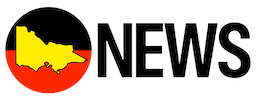


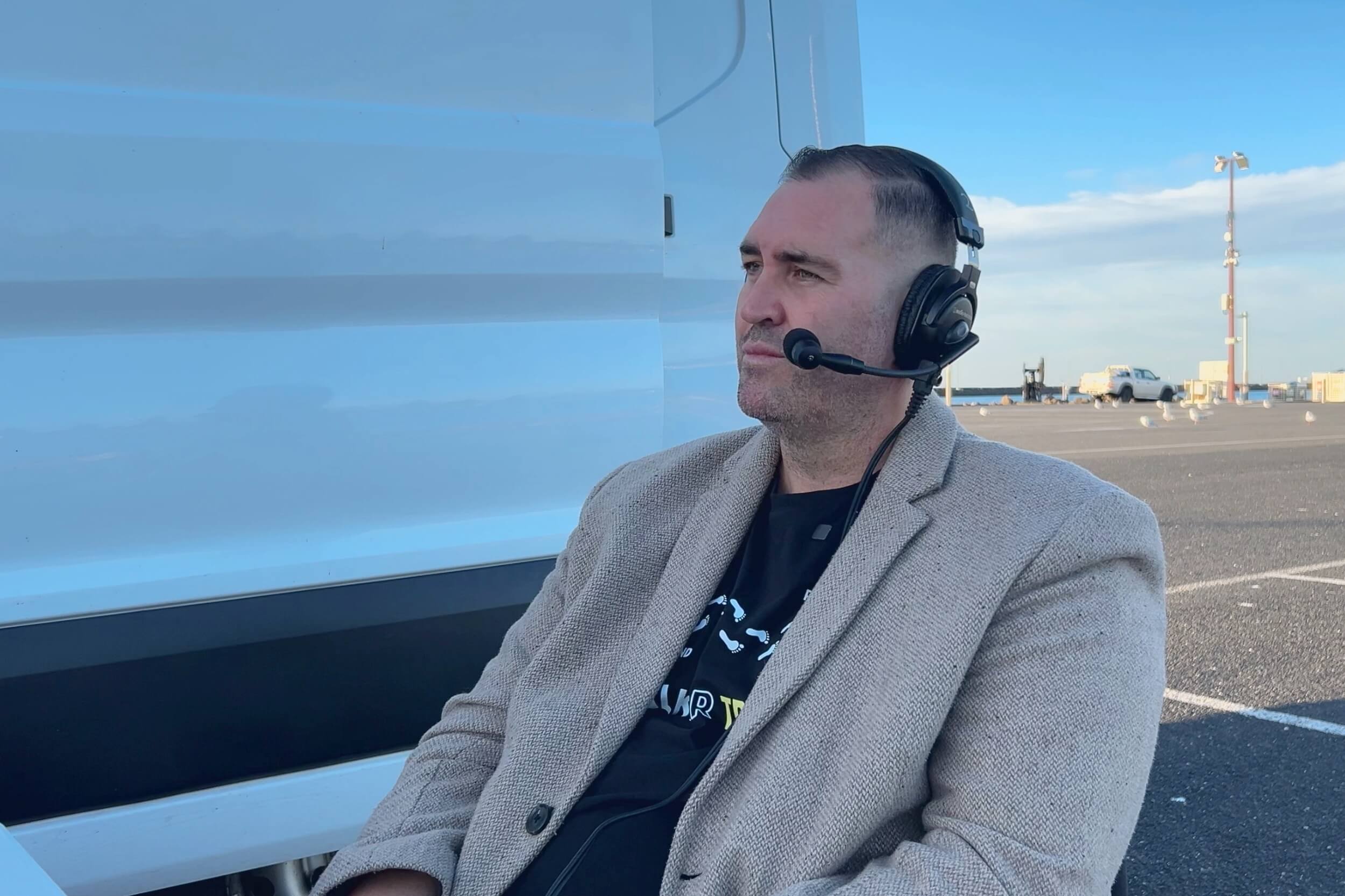
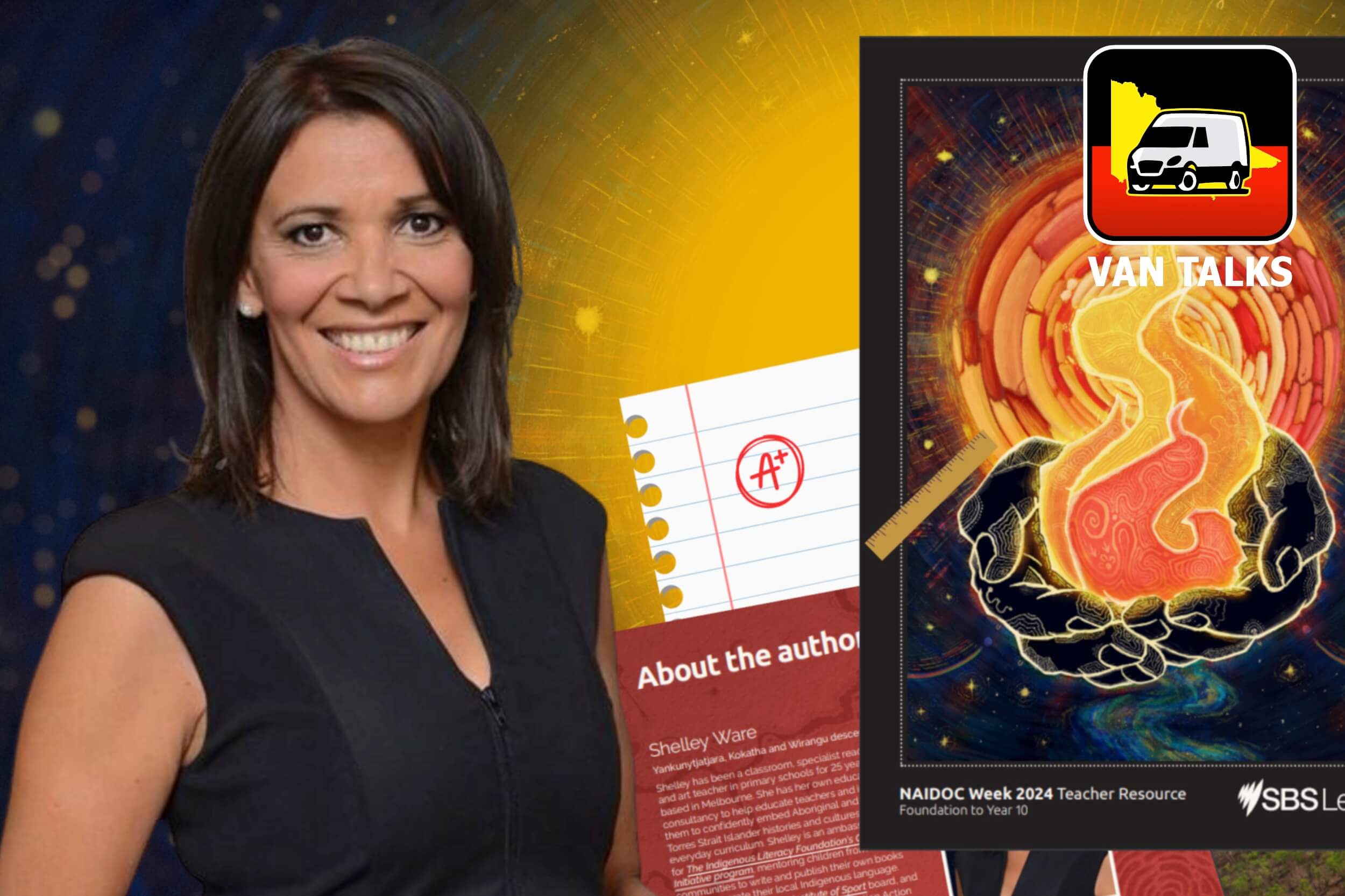
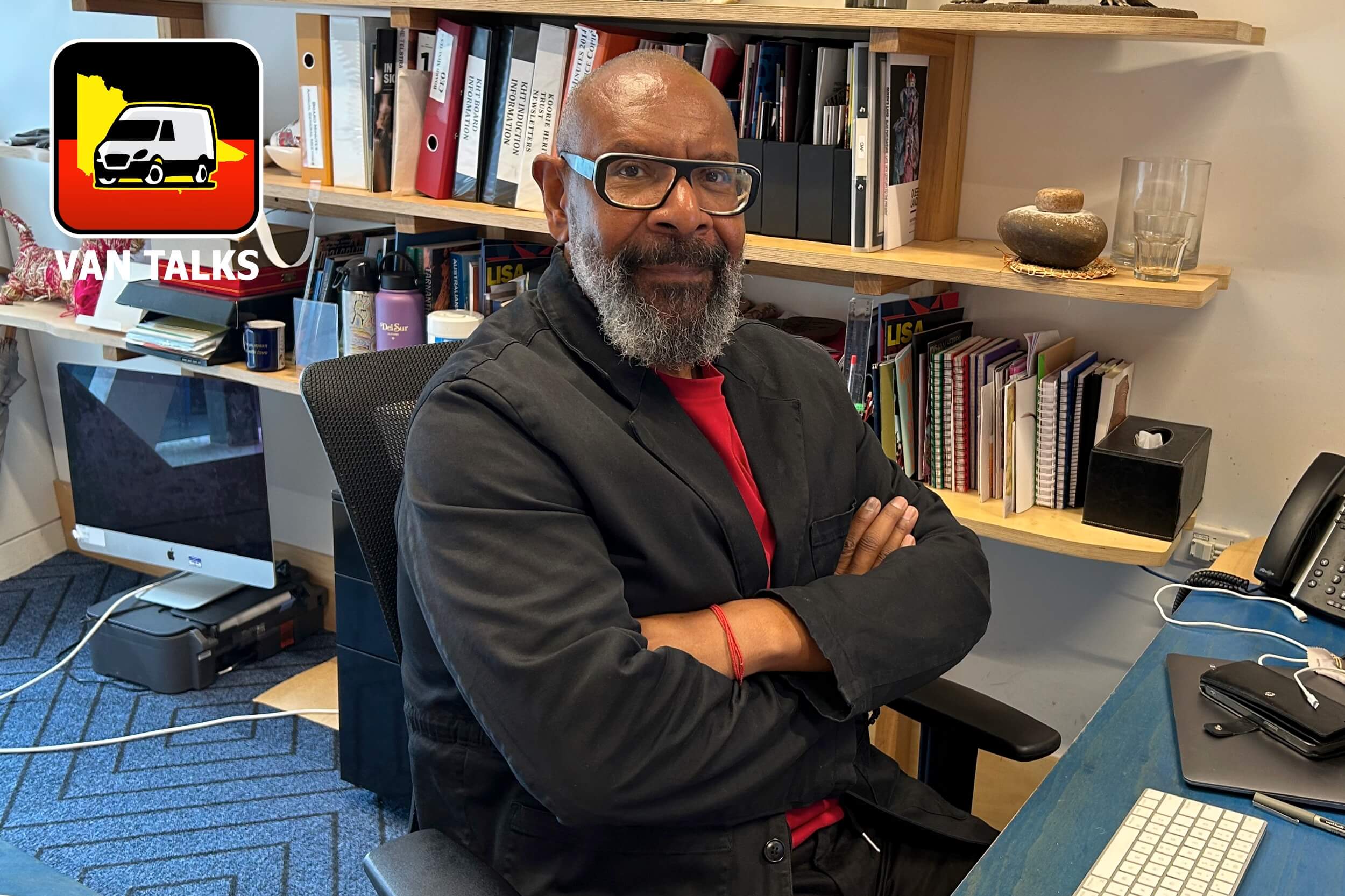
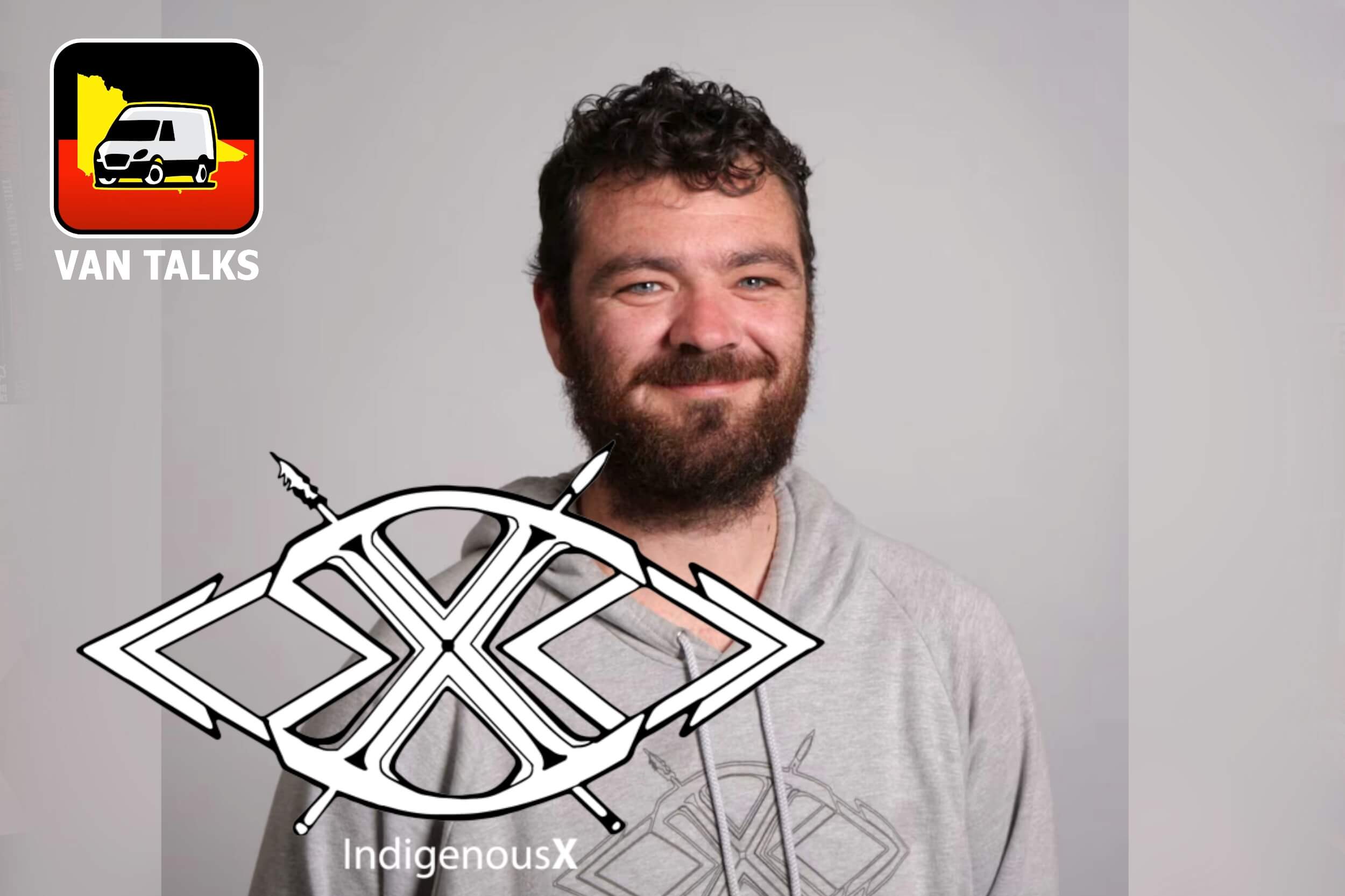

Thank you for your important work Michael. I look forward to hearing more about how the project is going and to finally visit the Defence of Country/Frontier Wars exhibition.
Thanks Michael for your work, especially on Frontier Wars.
Appreciated particularly the reference to resistance as well as massacres, the mention of 25 locations of interest, and the fact that this is Australian not Indigenous history.
Looking forward to close look at transcript, given our long interest at defendingcountry.au in this work.
Meanwhile, we have come to use the term ‘the Australian Wars’ rather than ‘the Frontier Wars’. We argue there is no difference between deaths of First Nations defending Country on Country, and deaths of uniformed service people being sent overseas (Australia’s Overseas Wars).
My concerns/questions:
(1) you mentioned ‘space restrictions’. Is it still the case that the Australian Wars will be covered in just 1.1 per cent of the Memorial’s gallery space (i.e. 198 sq metres) after the redevelopment and that that limited space will be shared with a couple of the pre-1914 expeditionary forces?
(2) aren’t you governed by the Memorial Council decision of 19 August 2022 which stated, ‘Wherever possible it [depiction of the Australian Wars] would relate to and inform, subsequent Indigenous military service to Australia, providing a context for that service’? In other words, will there be focus particularly on First Nations survivors of frontier violence who then go on to serve in military uniforms?
We had a brief discussion on these matters a long time ago but happy to renew it. And happy to provide documents to you, Charles, if you wish to view them or you wish to yarn generally.